Why Passive House Means a Healthier Home — Especially on the Mornington Peninsula
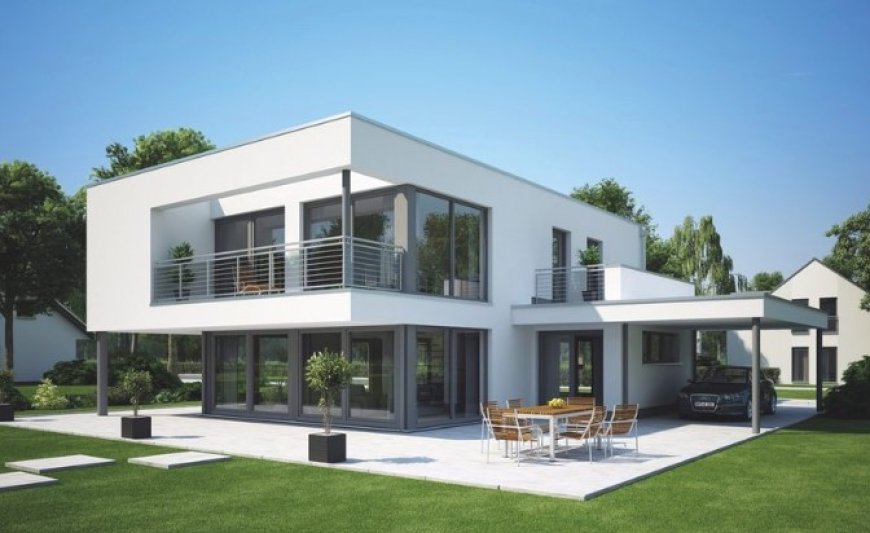
We’ve all heard the phrase “healthy home, healthy life,” but few realise just how much your house can impact your health. On the Mornington Peninsula, where we value fresh air, clean living, and connection to nature, your home should be working with your lifestyle — not against it.
Let me give you a real-world example. A young family built what they thought was a beautiful beachside home in Rye. Within six months, their toddler developed a persistent cough. Mum had headaches. Dad, who had never had allergies before, started reacting to dust and pollen. The cause? Mould. Hidden behind the bathroom walls and under the floorboards, it was thriving in a damp, poorly ventilated environment. Unfortunately, this story isn’t rare — many homes are built to meet minimum code, not to support long-term health.
This is where Passive House (or “Passivhaus”) construction makes a huge difference.
Passive House design avoids mould by controlling moisture and improving ventilation. It’s airtight — not in a suffocating way, but in a smart way. The building envelope is sealed, super-insulated, and thermal-bridge-free, meaning it doesn’t let cold air or damp sneak in through gaps. This stops condensation (the root cause of mould) from forming in the first place.
The real game-changer is the mechanical ventilation with heat recovery (MVHR) system. It continuously brings in fresh, filtered air while removing stale air — without wasting heating or cooling energy. It keeps humidity balanced and prevents the damp conditions where mould loves to grow.
And let’s talk about allergies — a major issue across the Peninsula, especially in spring and summer when pollen counts soar.
The Passive House ventilation system uses advanced filters to trap pollen, dust, and pollutants before they ever enter your home. That means the air inside your house can be cleaner than the air outside — a big win for anyone who suffers from hay fever, asthma, or chemical sensitivities. You can enjoy everything the Peninsula offers — clean ocean air, beautiful bushland, and fresh produce — then come home to a space that supports your wellbeing year-round.
Additional benefits? Plenty.
Passive Houses are thermally stable and incredibly comfortable. There are no draughts, cold spots, or stuffy rooms. Just steady, clean air and consistent temperature all year round. Families often say they sleep better, breathe easier, and feel more energised. And because the design is energy-efficient, your home stays cool in summer and warm in winter — without big energy bills.
If you’re planning to build on the Mornington Peninsula and you care about health, comfort, and sustainability, Passive House is worth a closer look.
I’m Peter Niven, and I’d love to show you what a Passive House can do. If you’re thinking about a new build and want to see how Passive House construction supports a healthy lifestyle, reach out for a one-on-one walkthrough. A healthy build for a healthy life — that’s what we’re all about. Click here
































































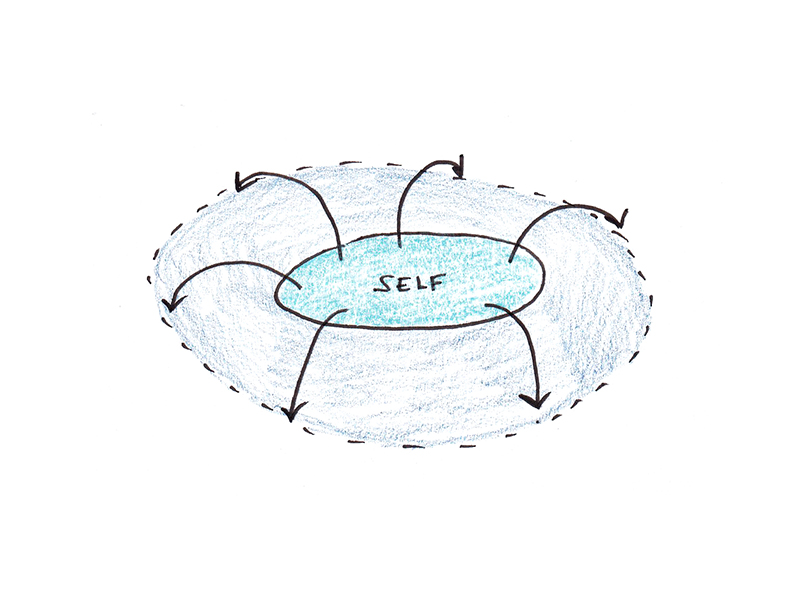
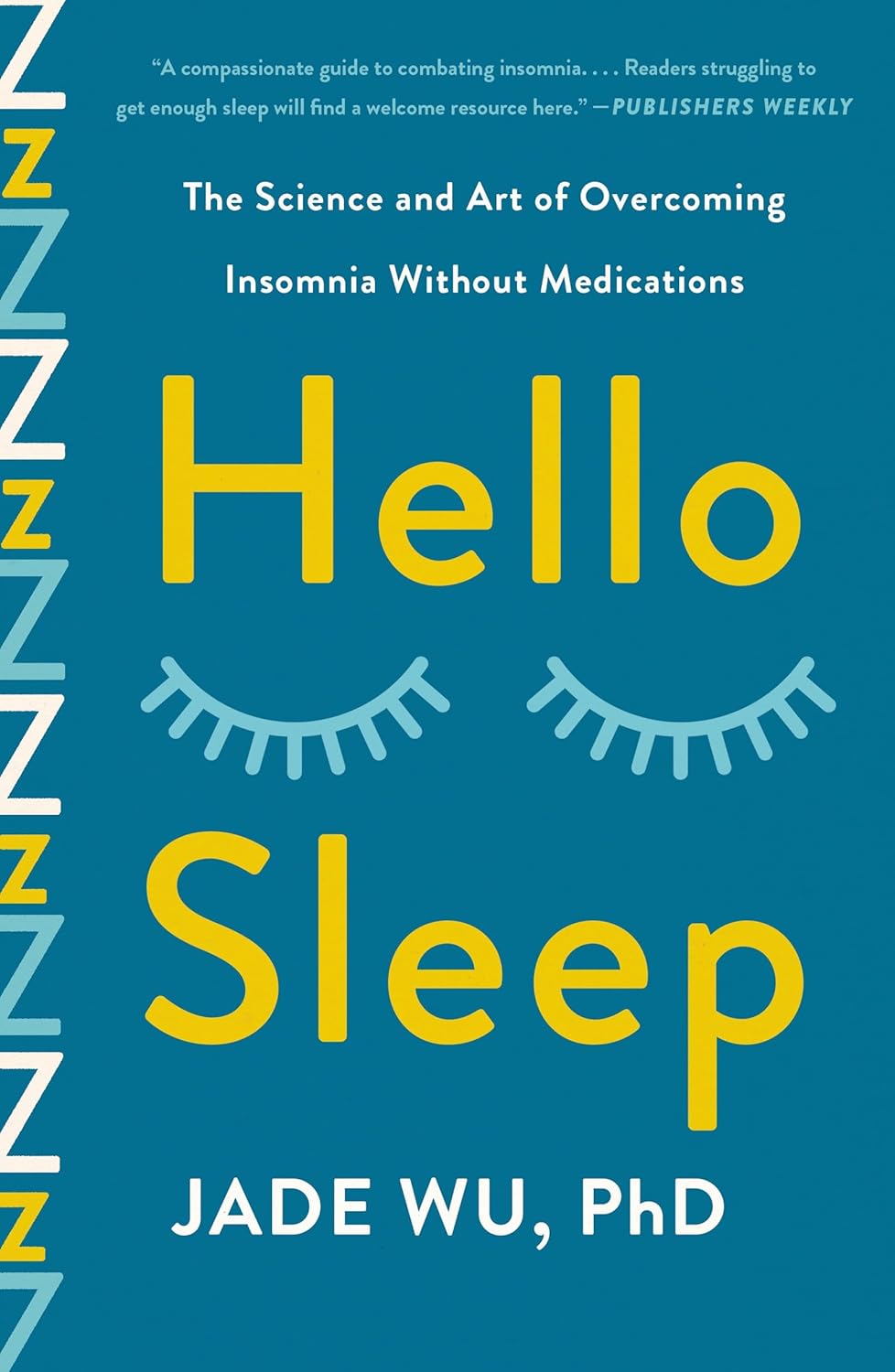





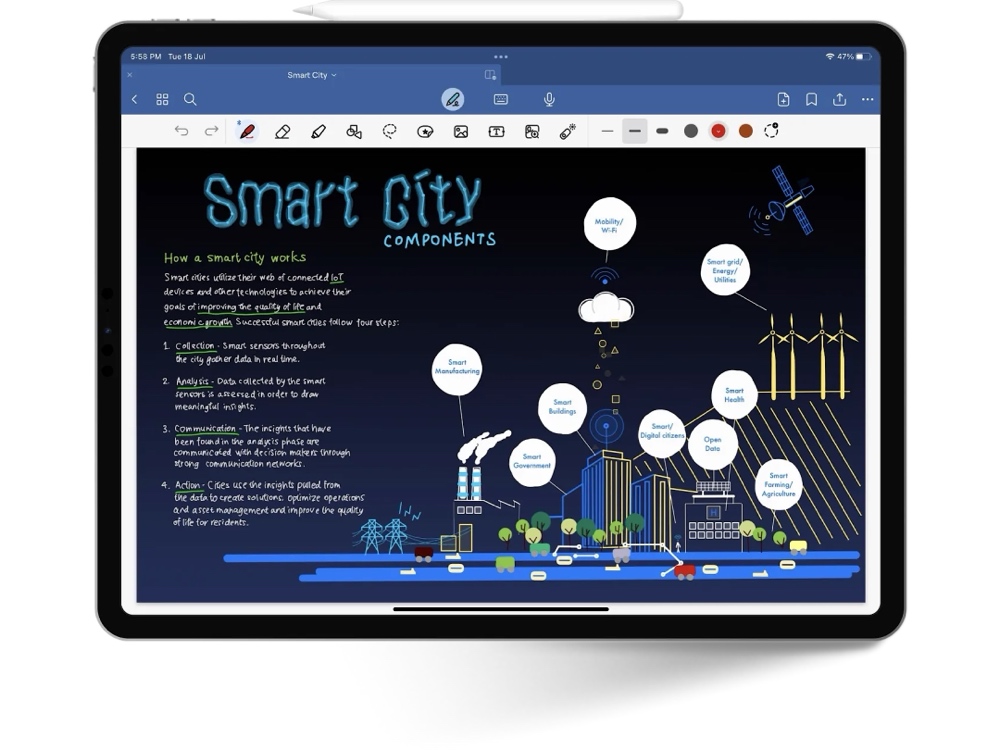




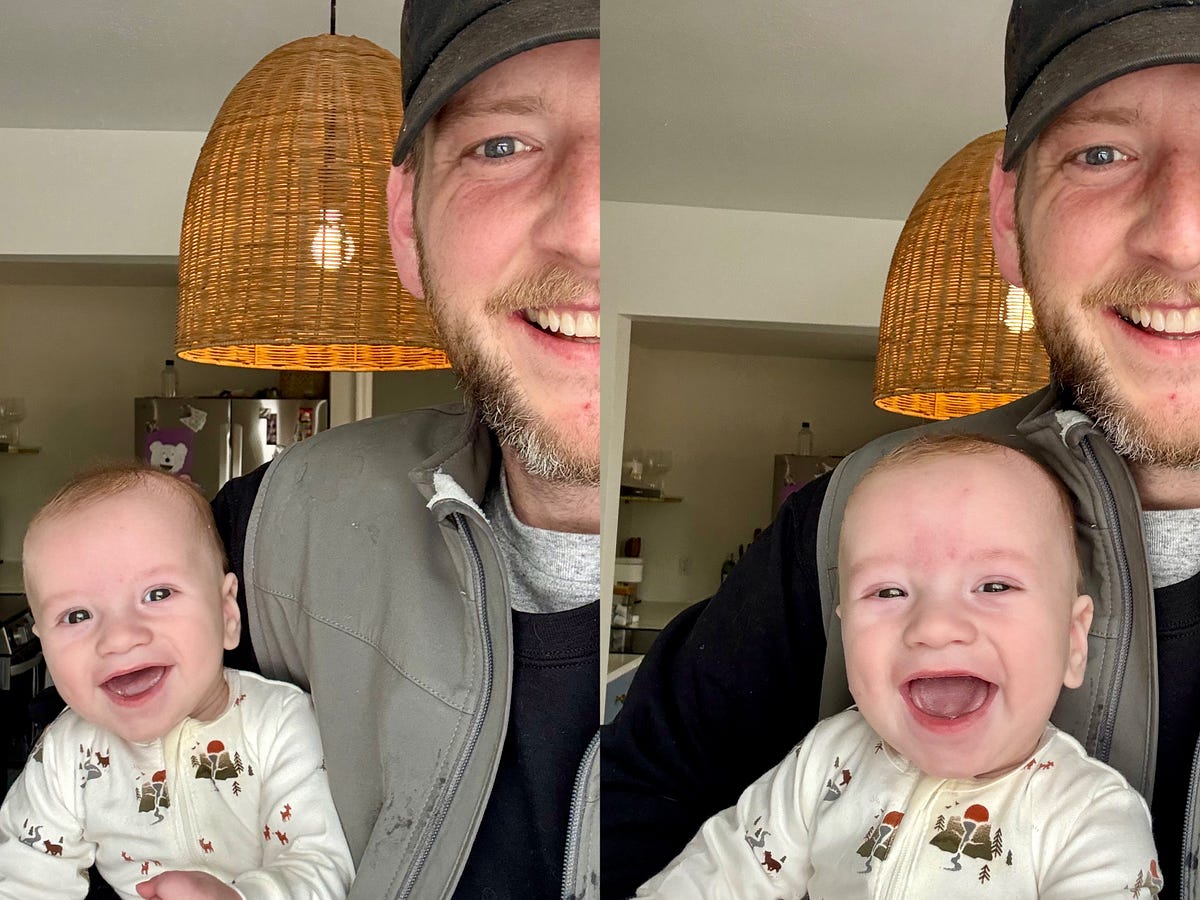
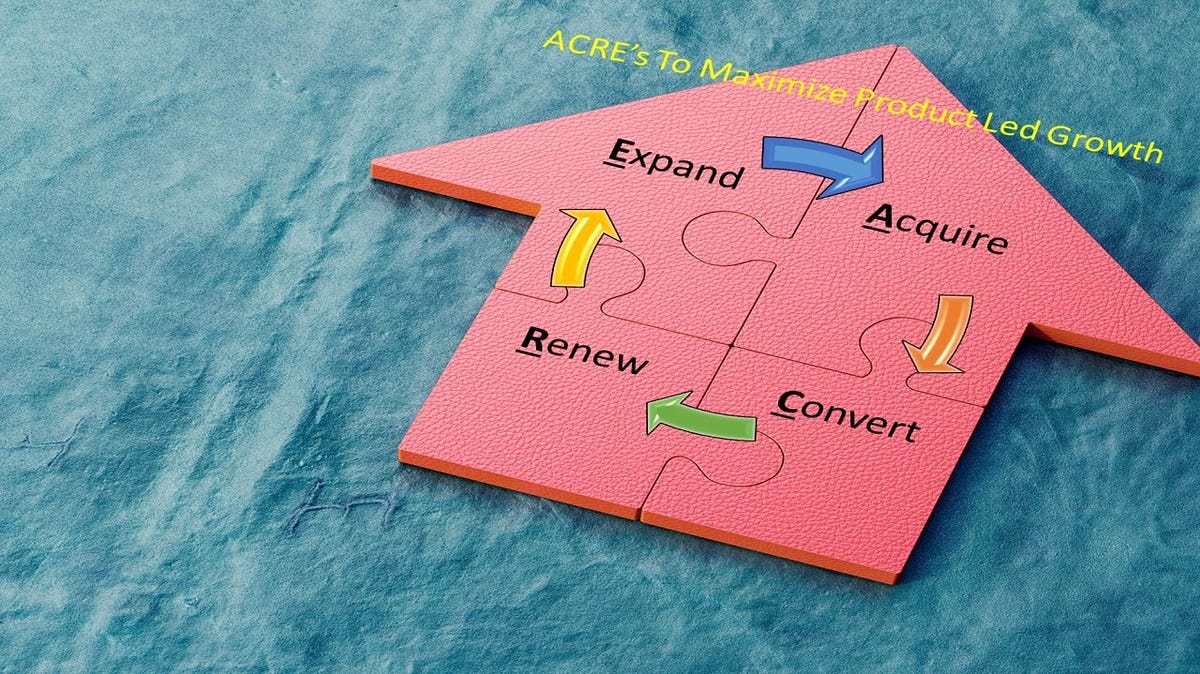
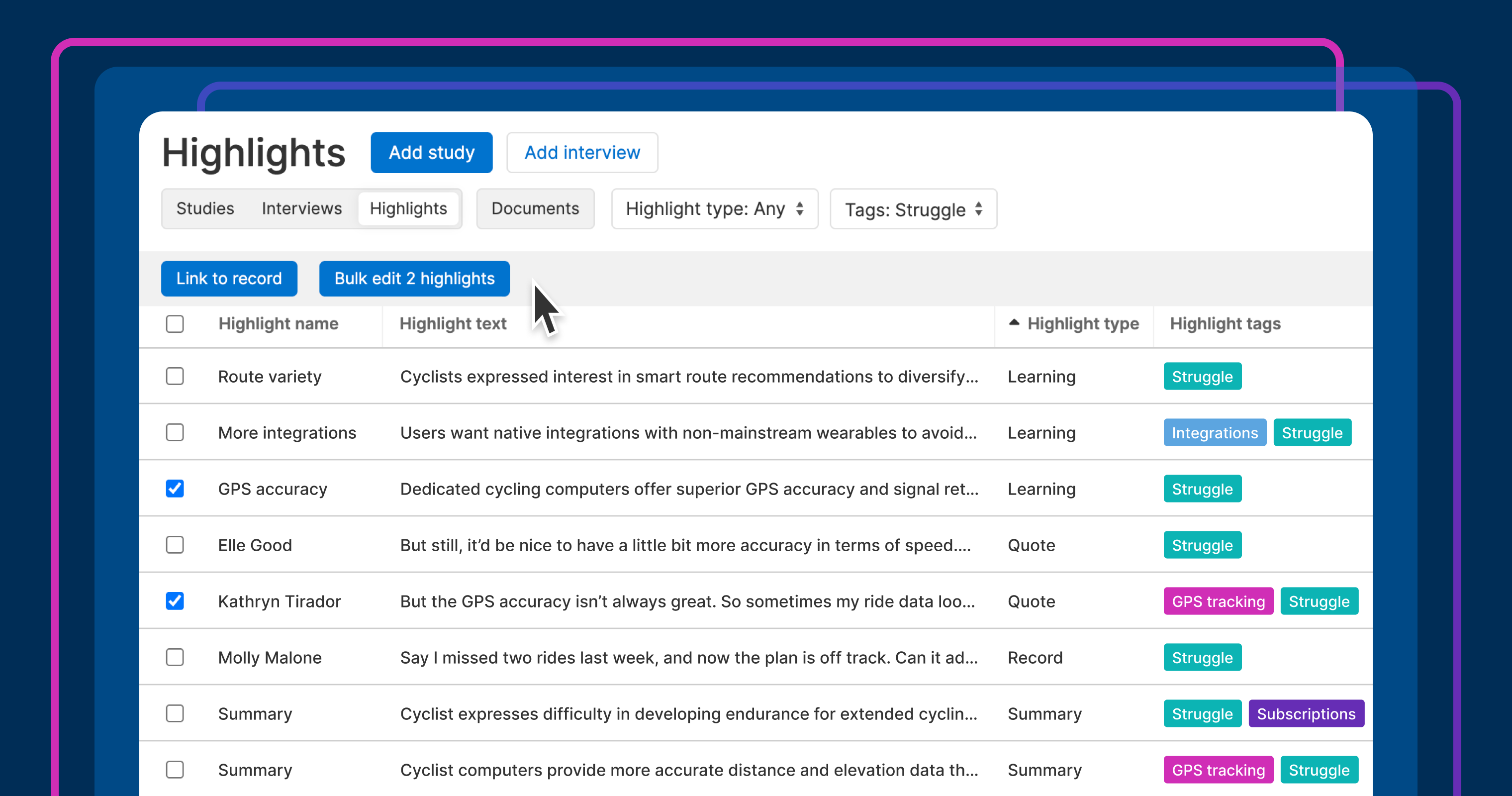







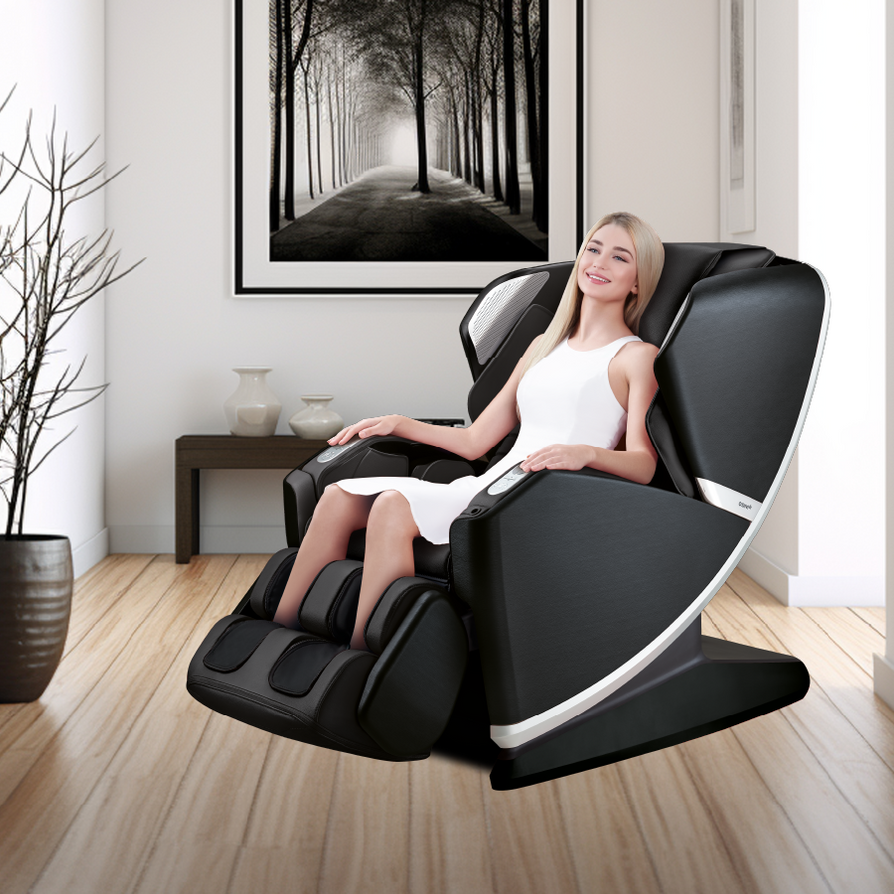
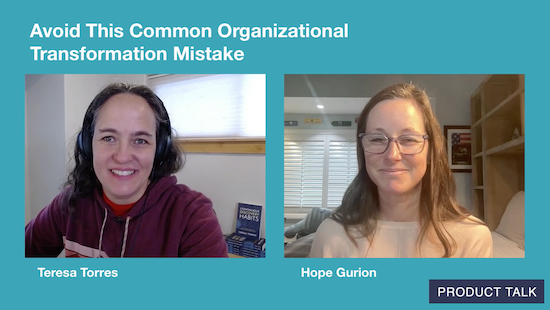












![Building A Digital PR Strategy: 10 Essential Steps for Beginners [With Examples]](https://buzzsumo.com/wp-content/uploads/2023/09/Building-A-Digital-PR-Strategy-10-Essential-Steps-for-Beginners-With-Examples-bblog-masthead.jpg)

















































